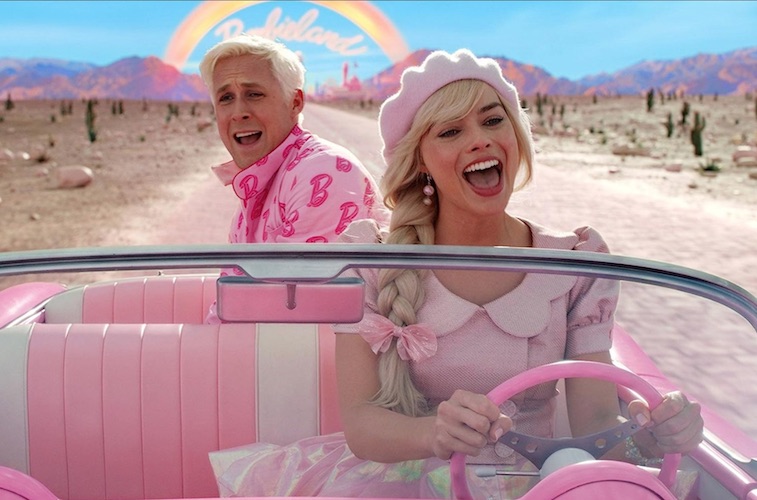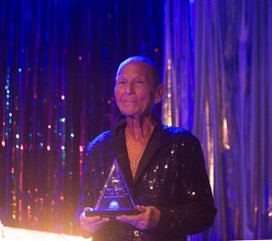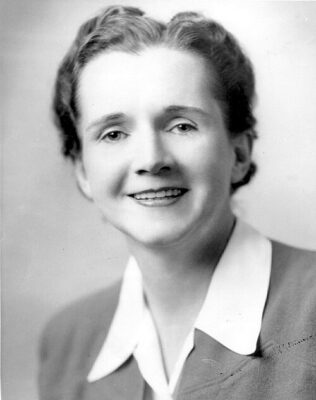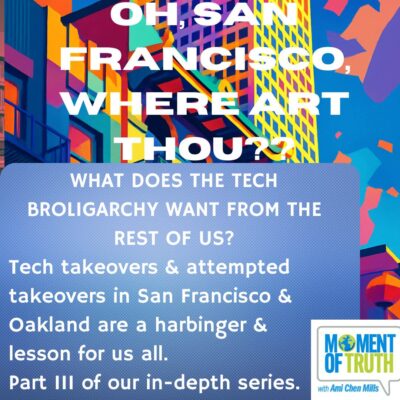
Barbie, the cotton-candy-colored half of the box office phenomenon known as Barbenheimer, is arguably just as existential as its social-media-conjoined twin, Oppenheimer. Director Greta Gerwig, working off a script she co-wrote with her frequent collaborator, Noah Baumbach, is clearly having a blast questioning gender inequality, and reality in general, using a toy that earns feminist praise and scorn in near equal measure.
After a hilarious prologue depicting the evolutionary jump in dolls that Barbie represented by using an affectionate homage to 2001: A Space Odyssey, we’re introduced to Stereotypical Barbie, played by Margot Robbie, waking up in her pink and fuchsia Dreamhouse in Barbieland. Barbieland is a joyous place where every day is perfect, at least for all the Barbies. Among Barbie’s friends are Lawyer Barbie, Doctor Barbie, President Barbie, a Supreme Court packed with Barbie justices, and they all spend a significant part of every morning delivering cheerful greetings to one another. The only hint of discontent comes from the Ken dolls. Their main job is hanging out at Barbieland’s perpetually sunny beach, replete with stationary plastic waves, while hoping to fulfill their role as a Barbie accessory. One doll in particular pines for Barbie’s affection: a blonde haired, blue-eyed Ken, played by Ryan Gosling, whose looks were apparently inspired by 1979’s Sun Lovin’ Malibu Ken.
But when Barbie suddenly develops cellulite, flat feet, bad breath, and controversial thoughts of death, the first of many references to The Matrix is provided by way of Weird Barbie, played by Kate McKinnon. In a satiric blue pill, red pill riff, Weird Barbie holds out a high-heel shoe in one hand and a Birkenstock sandal in the other and tells Barbie she needs to seek out a little girl in the real world who might provide the key to Barbie’s disconcerting changes. Ken secretly hides in the back seat of Barbie’s Corvette, and, in a Wizard of Oz reversal, they leave Barbieland behind on a pink brick road and arrive in Venice Beach.
As one character observes, the so-called real world is as plastic as Barbieland. Too bad Gerwig didn’t have faith in that conceit. Instead of sticking to the stranger-than fiction reality we all currently live in, for some reason Gerwig felt compelled to create a hybrid world of realistic people and situations combined with cartoonish characters behaving cartoony. Nowhere does this approach falter more than when she introduces a symbol of patriarchal repression in the form of Mattel’s CEO, played by Will Farrell, who literally wants to put Barbie back in her box. Milking his tiresome man-child persona to the nth degree, Ferrell, and all of the sequences involving him –including a Looney-Tunes-style chase through a maze of office cubicles – drastically lowers the film’s intelligence quotient and clashes with the otherwise realistic world Gerwig depicts outside of Mattel’s Headquarters.
Nonetheless, Gerwig’s first blockbuster is filled with inspired silliness, not least of which is Ken’s hilarious awakening to patriarchal power. Tired of being treated as a second-class citizen back home, Ken attempts to reshape Barbieland with lots of trucks, brewskis and, bizarrely, horses, which, after seeing men on horseback, he deduces are “men extenders.” Barbie, the movie, might make a few missteps as a feminist polemic, but it largely succeeds as a gleefully subversive look at the dehumanizing effects of inequality and how a simple idea can change the world.
For KSQD’s Film Gang, this is Paul Kanieski
Would you like to join The Film Gang and write & record movie reviews to air on KSQD? If so, please contact the Program Director, Howard Feldstein: programs@ksqd.org












